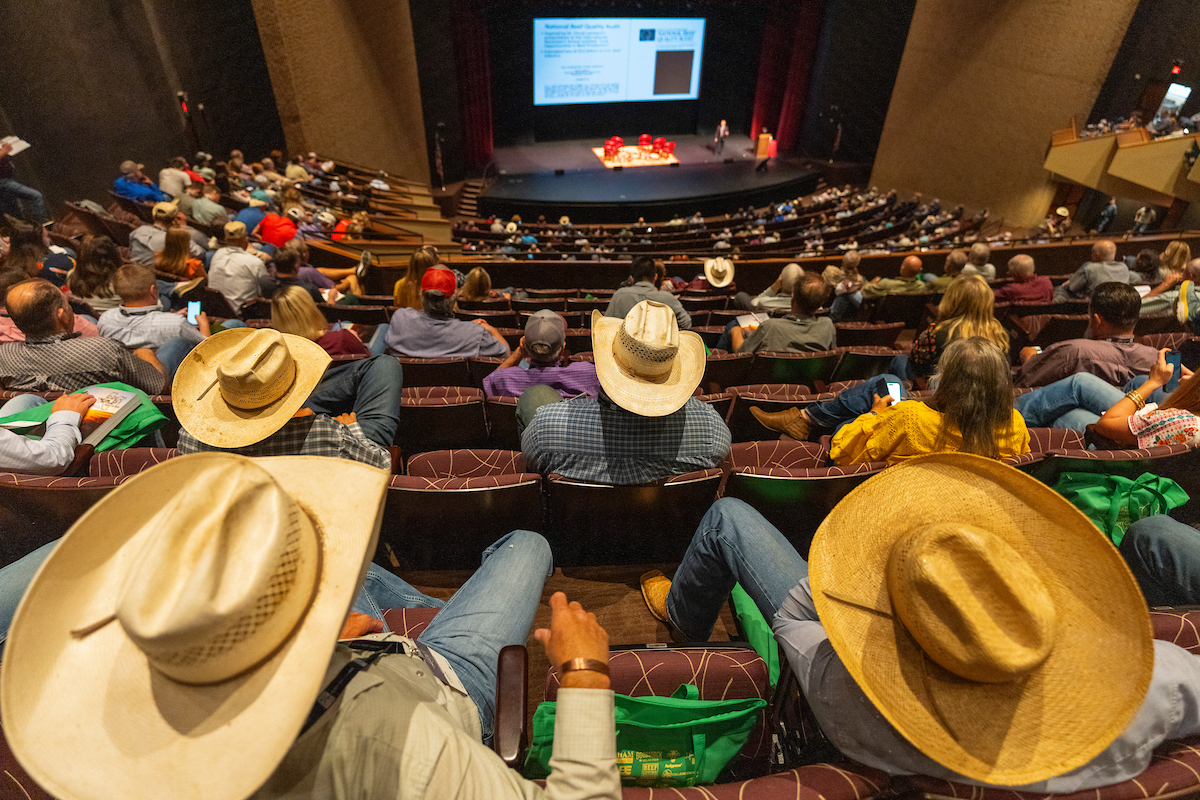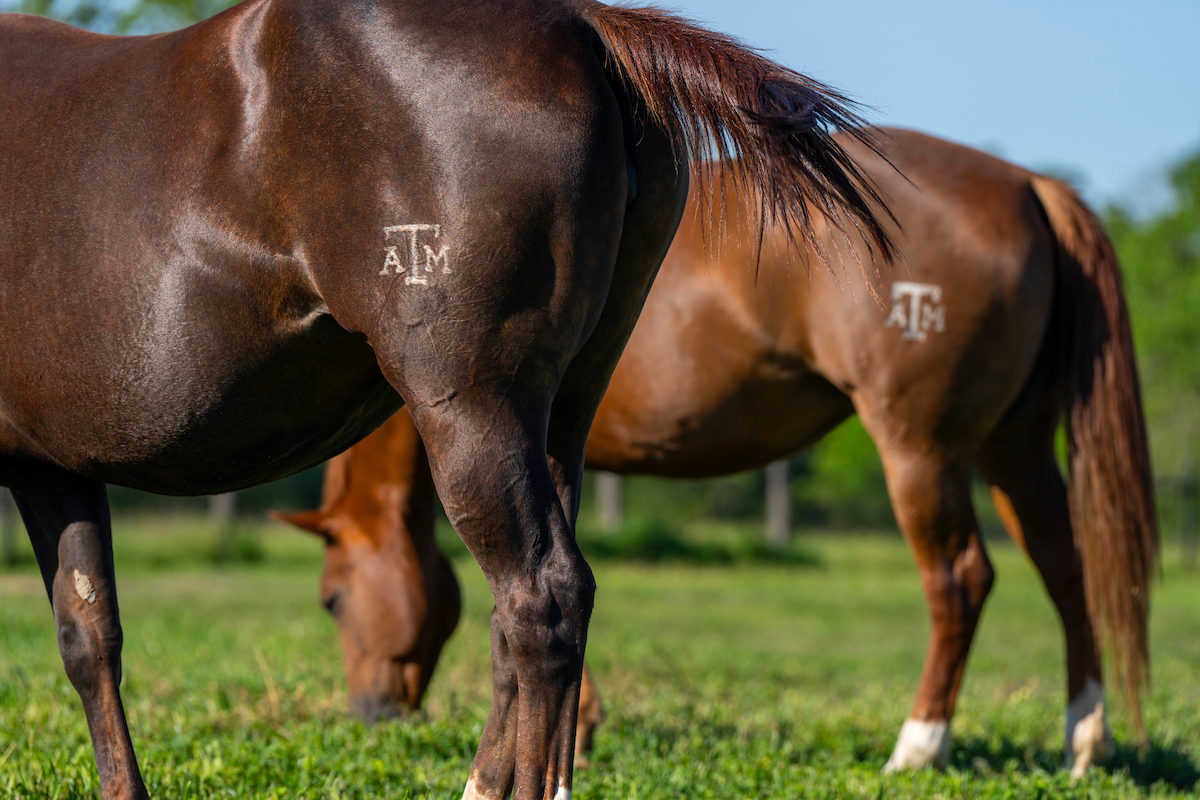The aroma of grilled meat wafting across the backyard can make your mouth water as you seem to almost taste the steak from the grill.
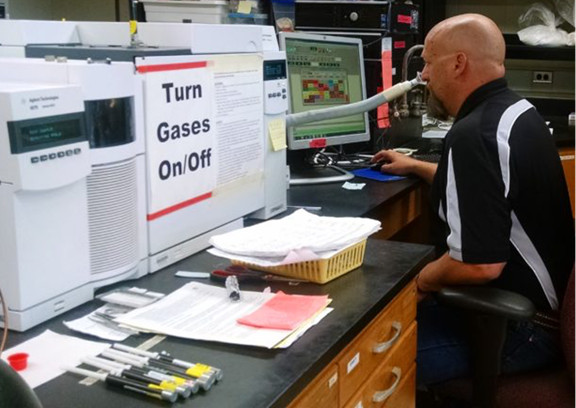
But did you know there is an actual science behind why that happens?
Chris Kerth, Ph.D., associate professor of meat science and muscle biology in the Texas A&M College of Agriculture and Life Sciences Department of Animal Science, has spent more than 12 years researching flavor aromas and how good and bad odors correlate with our perception of flavors.
For example, when you smell a steak cooking, Kerth explains how you are smelling the volatile chemical compounds that it emits in reaction to the heat. It is those chemical compounds he detects and quantitates in his scientific research.
Some of those smells and odors, like grilled flavor, result in positive responses like “I am hungry, and I want to eat this.” There are also odors like soured milk that result in negative responses. If you smell those odors, then you likely will not want to eat the product as they tend to be indicators of poor quality.
The science behind the smell
Kerth’s research interests are primarily animal nutrition, management and genetic factors related to flavor chemistry and the development of aromas that impact the sensory and quality traits in meat, food and beverage products.
By sticking a specialized needle into a container with a food or beverage and allowing it to absorb the aromas before putting it into a gas chromatograph, he can capture the aroma compounds or chemicals from the meat or beverage to be separated, identified and quantified.
When it is done, Kerth knows what chemical is responsible for what aroma.
“Often when we talk about food and how it tastes, we mostly talk about tenderness or texture,” he said. “But about 12 years ago, I became interested in determining how to objectively measure flavor.”
The concept of measuring the flavor of food is extraordinarily more complex than simply measuring tenderness or juiciness and requires very specialized equipment.
Being able to characterize the differences is important, Kerth said. For instance, chemicals containing sulfur compounds can be associated with a bad smell like rotten eggs. But, in really small quantities, sulfur actually has a pleasant odor to it, contributing to the meat flavor.
“Once we were able to identify and quantify the different chemicals, we started working with the meat itself to find ways to increase the good aromas and decrease the bad aromas,” he said.
Kerth began working with Rhonda Miller, Ph.D., Texas A&M AgriLife Research Faculty Fellow and meat science professor in the department, on the sensory side of food tastes. She would conduct expert, trained sensory panels and consumer panels to identify factors that influence their evaluations of taste based on mouth feel.
Then, after evaluating those results, they could both specifically tell the volatile aroma chemicals that consumers did and didn’t like.

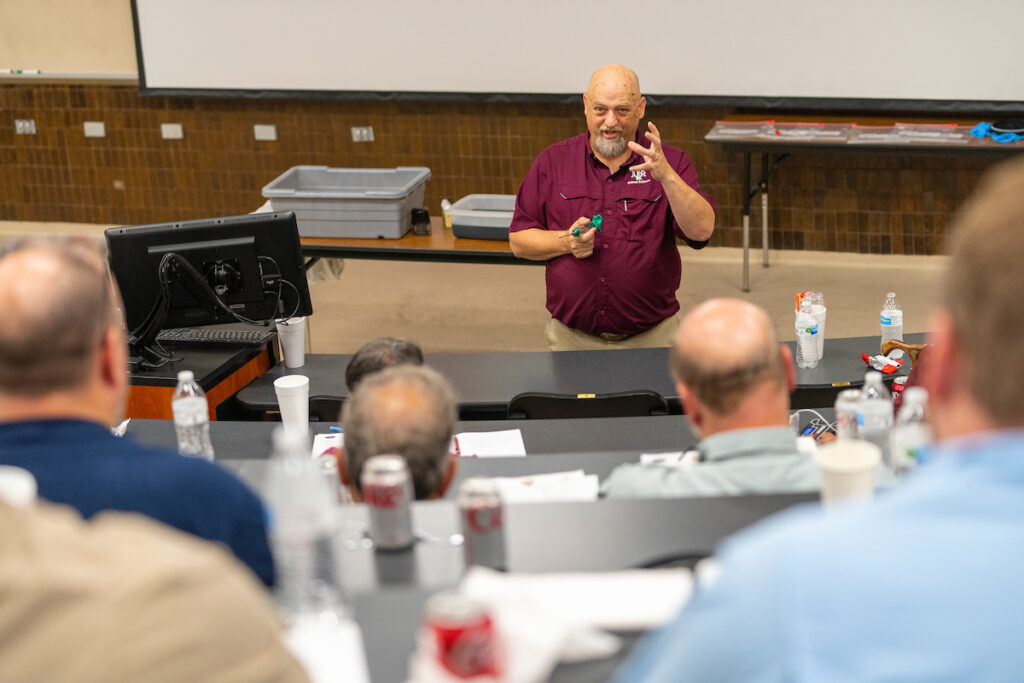
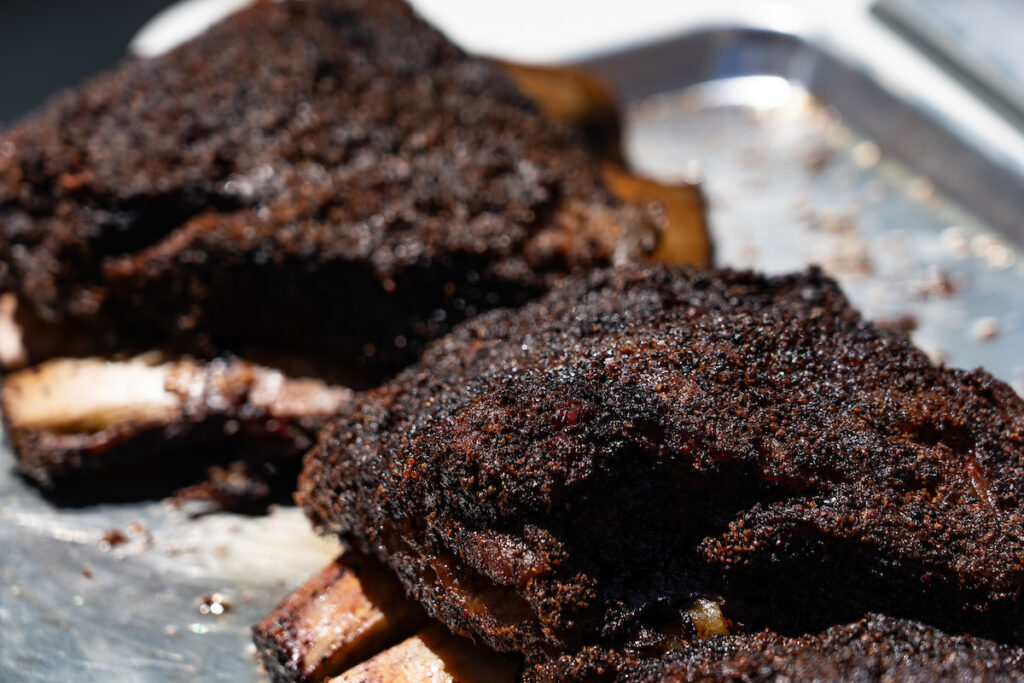
A little fat reverse engineering
From a chemistry standpoint, Kerth said much of the aroma comes from either the breakdown of fat or the surface browning, which requires protein and sugars naturally found in meat. And that is determined by the cooking method and how much heat is involved.
“The more heat we apply, the more those flavors will be generated,” he said. “Bacon out of the package doesn’t smell like much, but once it starts cooking, the whole house smells like bacon. So, cookery is hugely important in generating the aromas and flavors we want.”
Kerth went a step further, concentrating on the grill temperature.
“When you put that piece of meat on the grill, whether it is a gas grill or charcoal grill or flat top in a commercial kitchen, the temperature of that grill is very important because we want that sear on the outside,” he said. “Imagine the difference in flavor between a pot roast from a Crock-Pot with no browning and a steak with a nice sear from a hot grill.”
While it is important the meat be cooked to the internal doneness level the consumer is seeking, controlling how much browning is on the outside is also important — and challenging. Getting that nice sear without overcooking is both an art and a science.
“Whenever we’ve done these studies where we’ve changed the grill temperature, the more char we get, the better – up to a certain point,” Kerth said. “If you have really thick steaks, you can actually overdo it and get too much browning, which can turn consumers off. So, there’s a window in there you want to hit.”
In the end, he said, it’s the combination of our senses — taste, texture and aroma — that when brought together in the right combination help you have an even greater eating experience.

